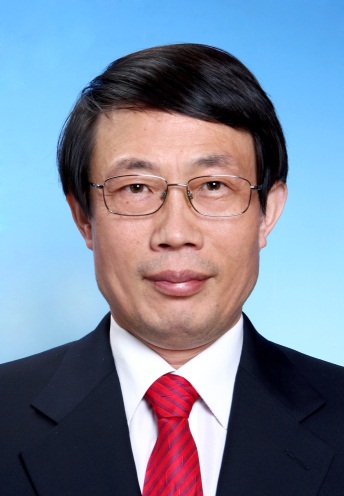 The Institute of Remote Sensing and Digital Earth (RADI) under the Chinese Academy of Sciences (CAS) was founded in September 2012 through the merging of the Institute of Remote Sensing Applications (IRSA) and the Center for Earth Observation and Digital Earth (CEODE).
The Institute of Remote Sensing and Digital Earth (RADI) under the Chinese Academy of Sciences (CAS) was founded in September 2012 through the merging of the Institute of Remote Sensing Applications (IRSA) and the Center for Earth Observation and Digital Earth (CEODE).
Back to 1979, IRSA was set up to break grounds for the development of remote sensing in China. The China Remote Sensing Satellite Ground Station (RSGS), a predecessor of CEODE was established in 1986, filling gaps of China in receiving remote sensing satellite data. In 2007, CEODE was founded to build up a spaceborne- airborne-ground system for data acquisition and to the advance the Digital Earth in this country.
Thanks to the efforts of the generations including pioneers, pacesetters and backbone young scientists over the past 30 or so years, RADI has made amazing progress and established its advantages in various aspects, ranging from remote sensing research to its comprehensive applications, and from pioneering Earth observation technology to the advance of Digital Earth.
As a national strategic team for S&T development, RADI is the birthplace and backbone for China’s remote sensing. It has core competencies in four major areas: remote sensing data acquisition and processing based on the spaceborne airborne-ground Earth observation system; basic research into remote sensing and geospatial information science; information analysis on the global environment and resources based on the Digital Earth Science Platform; and research covering a broad spectrum of academic disciplines and international S&T collaborations.
RADI boasts a galaxy of advantageous remote sensing resources in China. It houses nine laboratories or research centers at national or CAS level, two national key infrastructures for spaceborne and airborne Earth observation, and four international S & T platforms supported by UNESCO, ICSU or TWAS.
RADI has a team of some 700 researchers or engineers, including more than 300 senior professionals. It currently runs one postdoctoral program, six doctoral and master’s programs, and has more than 500 graduate students.
Thirty-five years of RADI has witnessed the efforts of researchers and executives who contribute to the development of IRSA, RSGS, and CEODE. We would express special gratitude to Prof. CHEN Shupeng (1920-2008), the founder of China’s remote sensing application, remote sensing mapping and geological information system. We would also extend our sincere appreciation to the government departments, institutions within and outside of CAS, and the international organizations for your long-standing support and assistance.
During the 13th five-Year Plan (2016-20), China aims to achieve economic and social transformation by maintaining innovation-driven development, which brings RADI new opportunities and challenges.
At the new starting point, we will follow the “Pioneer Initiative” of CAS and national development strategy, committed to advancing the frontier science, serving national sustainable development, addressing global resource and environmental issues, and maintaining close cooperation with domestic and overseas research agencies in the field, therefore building RADI into an internationally leading research institute.